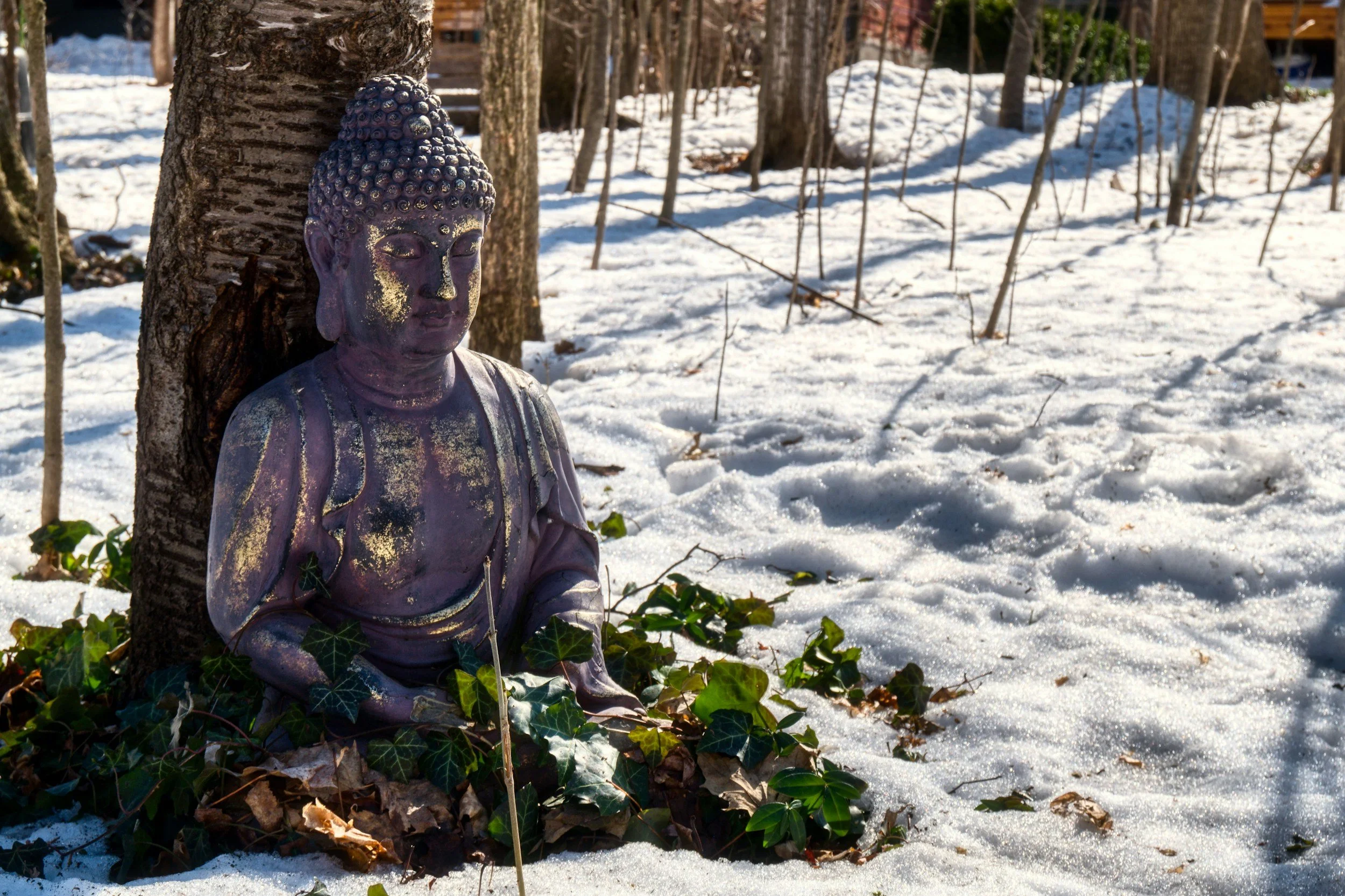Movement for Winter: The Body as Temple
Winter invites a different kind of movement — one that doesn’t strive, perform, or burn out. When the air turns cold and the light fades early, the invitation is not to push against stillness, but to move within it. The body becomes the temple where the sacred fire of vitality is tended.
In Ayurveda and yoga, the winter season is a time of Kapha and Vata, earth and air — the pull between steadiness and motion. These forces live in us too: the body longs for warmth and grounding, while the mind drifts toward dream and dispersal. Movement, then, becomes medicine — not through intensity, but through rhythm, warmth, and devotion.
The ancients understood that embodiment is prayer. Every asana, every stretch, every breath can become an offering. This is what it means to treat the body as a temple: not as something to control or sculpt, but as the living altar of consciousness itself.
The Language of the Body
The body speaks in sensation — in the ache of cold bones, the tension across the shoulders, the yearning for rest. When we learn to listen, we discover that movement is not about mastery; it is about intimacy.
To move with awareness in winter is to speak the language of the elements:
The earth of Kapha grounds each pose, reminding us to root into stability.
The air of Vata carries the breath through the body, animating and enlivening.
The fire of Agni, awakened through warmth, transforms stagnation into vitality.
Each time we stretch, twist, or bow, we honor these elemental rhythms. Movement becomes the bridge between inner and outer worlds — the way spirit experiences form.
Movement as Devotion
When I step onto my mat in winter, I don’t ask my body to perform. I ask it to commune. The cold months invite a softer, more reverent kind of movement — one that honors the wisdom of slowness.
Think of this as Bhakti Yoga through the body: movement as love in action. Instead of forcing energy upward, we nurture it. Instead of striving for balance, we embody surrender.
Try beginning each practice with gratitude — for the breath that moves, the heart that beats, the body that carries you through transformation. Gratitude itself is a warming current, stoking the inner fire even before the first asana begins.
The Sacred Architecture of Winter Movement
Your Movement for Winter practice is not about choreography; it’s about conversation. Let your body speak first. The structure that follows is meant to awaken circulation, release heaviness, and preserve inner heat — the subtle fire of Agni that keeps the spirit bright.
Begin with slow grounding postures: Tadasana (Mountain), Virabhadrasana I and II (Warriors), and Malasana (Squat). Let the feet spread wide, pressing into the earth. Feel the connection between gravity and breath.
Move into gentle heat-building sequences: Cat-Cow, Sun Breath, or slow Surya Namaskar. If you feel cold, allow a steady rhythm to develop. The key is moderation — to build warmth without depletion.
End with heart-opening poses: Anahatasana (Heart Melting Pose), Bridge, or supported Fish Pose. These postures expand the chest and lungs, areas often constricted in winter. Here, the breath becomes prayer — a remembrance that the heart is the eternal hearth of the soul.
The Nervous System and the Temple Within
In functional medicine, we know that movement regulates the nervous system — it’s the dialogue between muscle, breath, and safety. The yogic understanding mirrors this perfectly: when movement is conscious, it converts stress into strength, and resistance into flow.
Each time we coordinate breath with movement, we reeducate the nervous system to trust. We replace urgency with rhythm, reactivity with response. This is the somatic bridge of yoga — where movement becomes the nervous system’s love language.
Integration: The Body as Witness
In Cutting Into It, I speak of integration as illumination — the digestion of experience into wisdom. The body is where that alchemy happens. Every posture is an act of integration, transforming emotion into embodiment, and awareness into stability.
When we treat the body as a temple, we return to reverence. We move not to escape the human experience, but to inhabit it fully.
The cold months teach us that devotion is not only in stillness, but in the way we breathe through each stretch, the way we meet discomfort with compassion, the way we stay present when the world slows down.
Movement is remembrance: a returning to rhythm, to grace, to the sacred geometry of being alive.
A Winter Movement Reflection
Before each practice, take a moment to center.
Close your eyes.
Place one hand on your heart, one on your belly.
Whisper to your body:
“You are my temple. I honor your rhythm. I move as prayer.”
This winter, may your movement be gentle, your breath warm, and your presence unwavering. The body is the bridge between earth and sky — move through it as though every cell is a doorway to the divine.

